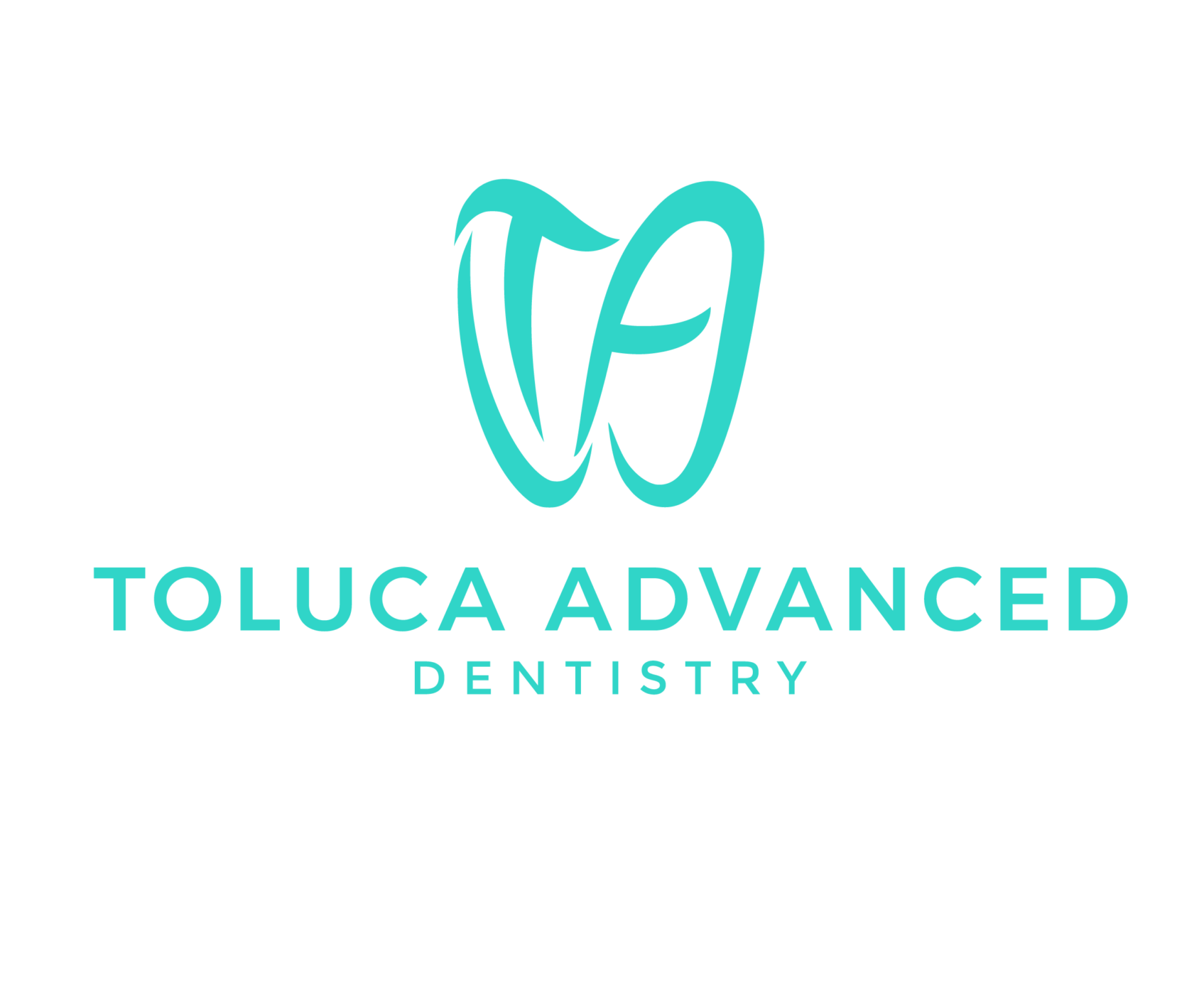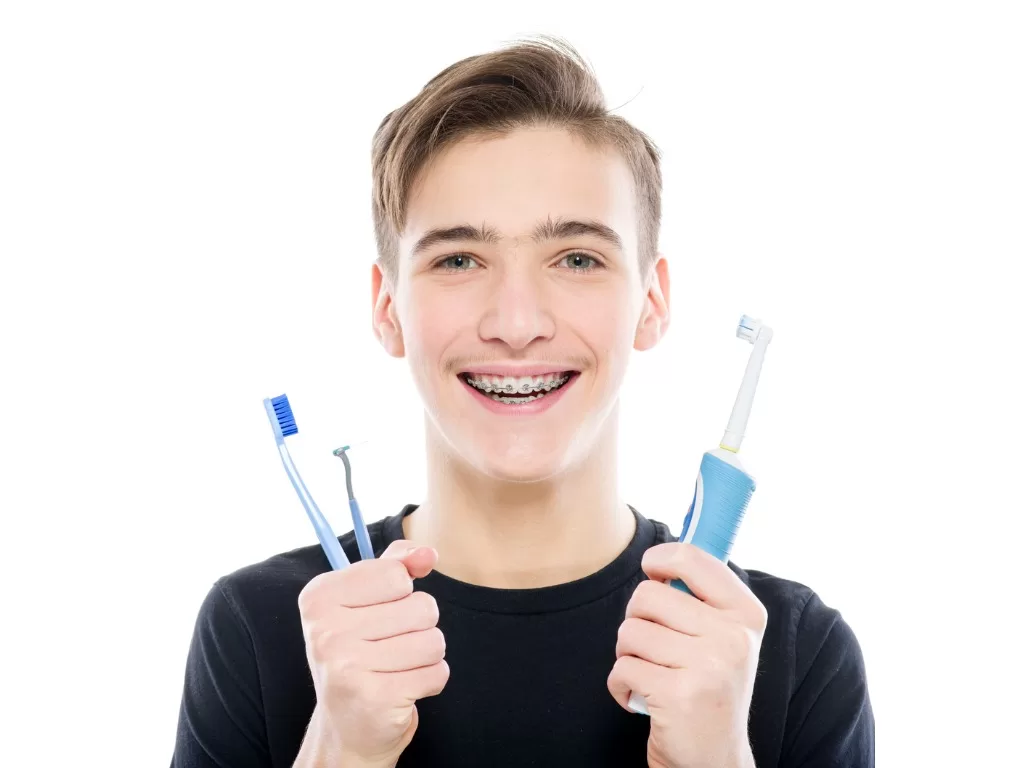Dental orthodontics is one of the common treatments that is used along with other dental treatments such as laminating, implants, bleaching and…, to correct the design of the smile and the disorder of people’s teeth. This plays an important role in increasing people’s self-confidence and creating a positive mood in them, so achieving the desired result is very important for the patient. Since dental orthodontics is a relatively long process, maintaining good oral hygiene is especially important so that one can finally achieve his long-held dream of having a beautiful smile.
In other words, this cosmetic treatment consists of the participation of two important people: the dentist who performs orthodontics and the patient who is responsible for oral hygiene. Fixed dental orthodontics can be an opportunity to place food particles between the brackets and create and grow a variety of bacteria, and if the principles of hygiene are not observed properly, there will be causes of tooth decay and destruction.
As we know, orthodontics is for arranging irregular and disordered teeth, which creates an ugly and undesirable appearance for a person and has destructive effects on a person’s mood.
Given that orthodontic treatment takes a long time and may take several months or years, this doubles the importance of maintaining good oral hygiene so that the patient can achieve their sweet desire to have a beautiful smile.
In other words, orthodontic treatment by a dentist is cosmetic and prevention and observance of oral health by the patient is, because orthodontic treatment, especially fixed orthodontics, provides a suitable space for food particles to remain and the growth and growth of bacteria. If the hygienic principles are not observed, tooth decay and destruction will occur.
In other words, the accumulation of bacteria in the brackets on the teeth increases the risk of tooth decay. The acid produced by the bacteria gradually dissolves on the surface of the tooth, resulting in staining of the tooth surface, which eventually leads to tooth decay. Although not everyone is equally susceptible to tooth decay and staining, they do have a detrimental effect on the healing process.
The most familiar way to maintain oral hygiene is brushing, which has many effects on achieving this important.
As you know, food easily attaches to orthodontic brackets and gets stuck between these joints. To prevent this problem, different models of toothbrushes have been designed and offered so that dental hygiene can be done well.
Types of orthodontic toothbrushes
1- Special orthodontic toothbrush is suitable because it causes the least damage to the gums.
2- Any soft toothbrush that is small enough is also suitable.
3- Interdental toothbrush (Proxa brush), the bristles all over this toothbrush are very delicate and look like a cleaning tube. An interdental toothbrush can thoroughly clean the back and around the orthodontic cord, braces, braces and brackets.
4- Electric toothbrush, there is no problem in using an electric toothbrush, as long as its bristles are soft and you keep the power of the toothbrush low so as not to damage the brackets.
Proper brushing during orthodontic treatment
Due to the fact that the most accumulation of food particles and microbial plaque is in the areas of the collar of the teeth, the orthodontic patient should pay special attention to these areas. For this purpose and orthodontic toothbrush training, the toothbrush is placed at a 45-degree angle between the gums and the bracket, and the adjacent areas of the gums are easily cleaned by rotating. Here are some other areas of the mouth and teeth that need to be brushed properly.
The chewing surface of the teeth can also be cleaned with reciprocating movements several times.
One of the parts that we neglect when brushing is the back of the teeth, which should be brushed with the same angle of 45 degrees and rotational movements.
Another important point is the tongue, which is a good place for bacteria to grow due to its fine villi, and it can be cleaned well by moving the toothbrush back and forth.
The orthodontic patient can also use an interdental toothbrush to clean around and under the orthodontic bracket and wire. The important point about orthodontic toothbrushes is the need for the patient to be careful not to damage the orthodontic wire.
Important points in oral health in orthodontics
1- You should brush your teeth well after every meal or snack and before going to bed, or if it is not possible to brush, spin enough water in your mouth.
2- To master the correct method of brushing, you should take the time and practice.
3- The proper brushing time is about 5 minutes.
4- You should apply enough pressure when brushing to feel the toothbrush villi on the gum tissue.
Use a small amount of fluoride toothpaste and do not swallow toothpaste.
Brush two or three times a day, after each main meal.
7. Brush all surfaces of teeth and mouth.


